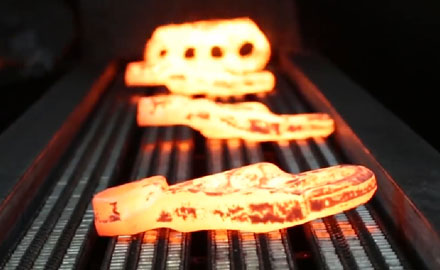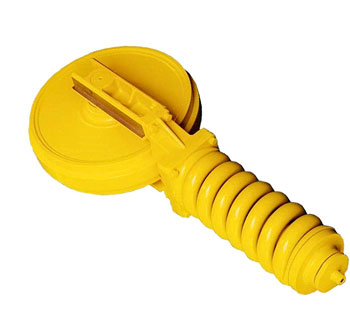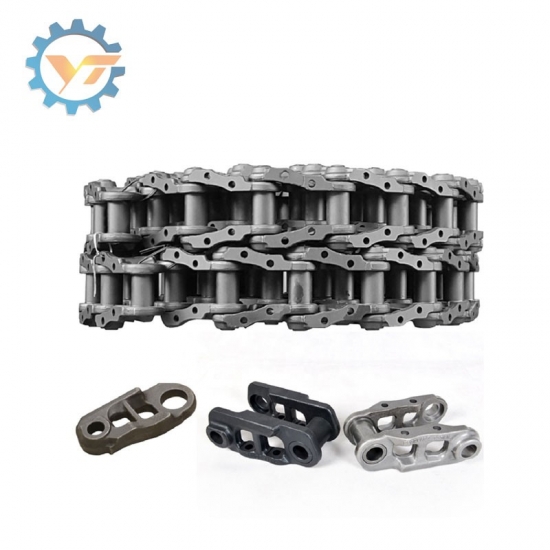Forged steel products are known for their unique characteristics and advantages over other manufacturing methods. Here are some key characteristics of forged steel products:
Strength and Durability: Forged steel products exhibit exceptional strength and durability. The forging process involves applying compressive forces to shape the metal, resulting in refined grain structure and improved mechanical properties. This makes forged steel products highly resistant to impact, fatigue, and wear, making them suitable for demanding applications that require strength and long-term reliability.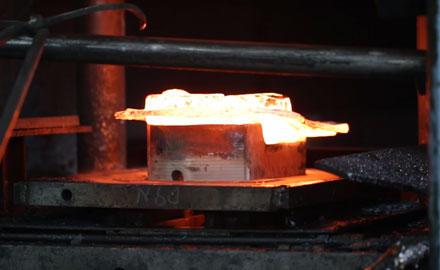
Improved Metallurgical Properties: Through the forging process, the internal grain structure of the steel is aligned, which enhances the mechanical properties of the material. It improves the toughness, tensile strength, and overall structural integrity of the product. The controlled heating and cooling during forging also allow for the removal of impurities, resulting in a cleaner and more homogeneous material.
Customizability: Forged steel products offer excellent customizability in terms of size, shape, and design. The forging process allows complex shapes and intricate details to be formed accurately, providing versatility in creating components for various industries. Customized forged products can be tailored to meet specific performance requirements and integrate seamlessly into existing systems or machinery.
Good Fatigue Resistance: Due to the refined grain structure and aligned fibers, forged steel products exhibit superior fatigue resistance. They can withstand repeated loading and high-stress conditions without experiencing premature failure. This makes forged steel components suitable for applications where cyclic loading or dynamic forces are involved, such as automotive parts, machinery components, and aircraft landing gears.
Improved Material Integrity: Forged steel products have a higher level of material integrity compared to cast or machined parts. During the forging process, the superior metallurgical properties enable the steel to maintain its chemical composition and mechanical properties consistently throughout the product. This results in a product with fewer defects, such as voids, porosity, or inclusions, which can weaken the material and compromise its performance.
Cost-Effectiveness: While the initial production costs of forging may be higher compared to other manufacturing processes, forged steel products often offer long-term cost savings. Their durability and resistance to wear and deformation reduce the need for frequent replacements and maintenance. Additionally, the superior mechanical properties can result in improved performance and efficiency, contributing to overall cost-effectiveness.
Overall, forged steel products are valued for their strength, durability, customizability, fatigue resistance, material integrity, and cost-effectiveness. These characteristics make them preferred options for demanding applications, where reliability and performance under extreme conditions are crucial.
YinTai is specialized in the complete set of bulldozer and excavator spare parts,including track chain,track Shoe,track roller,idler,sprocket,etc.We won good reputation around the world.Trustworthy. Welcome to consult!
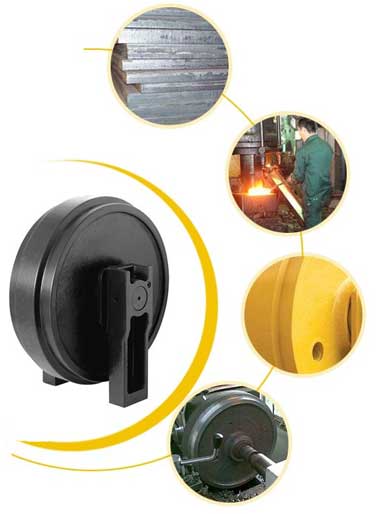

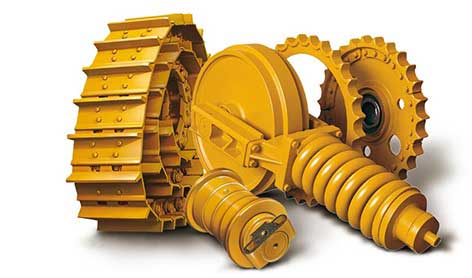
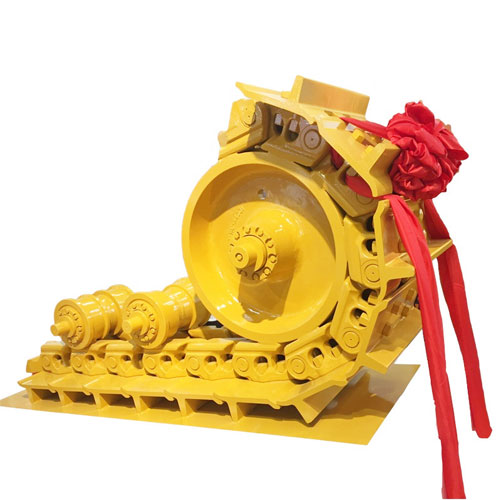 components. Look for any bent or broken track links. If any issues are identified, they should be addressed promptly by replacing or repairing the damaged parts.
components. Look for any bent or broken track links. If any issues are identified, they should be addressed promptly by replacing or repairing the damaged parts.